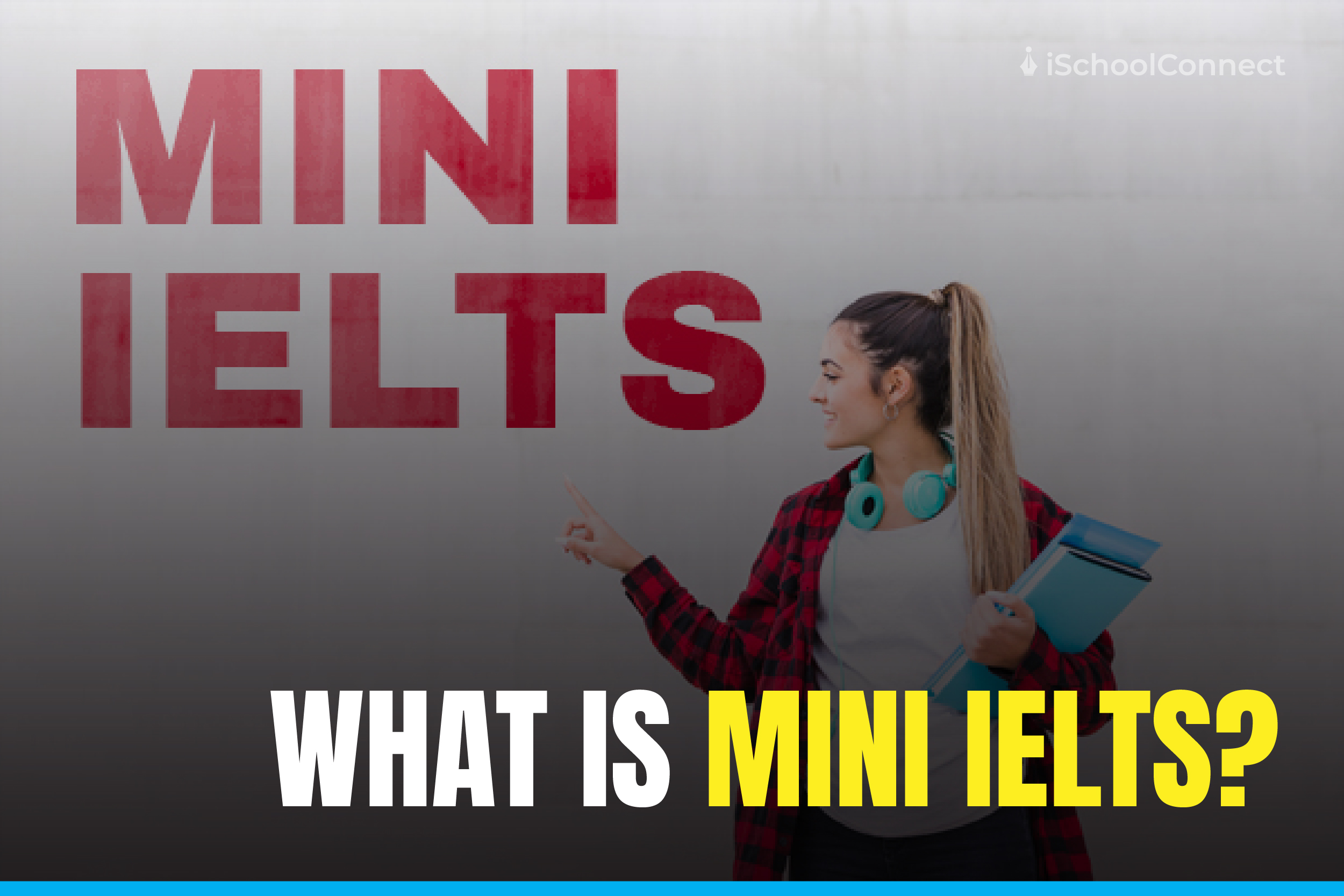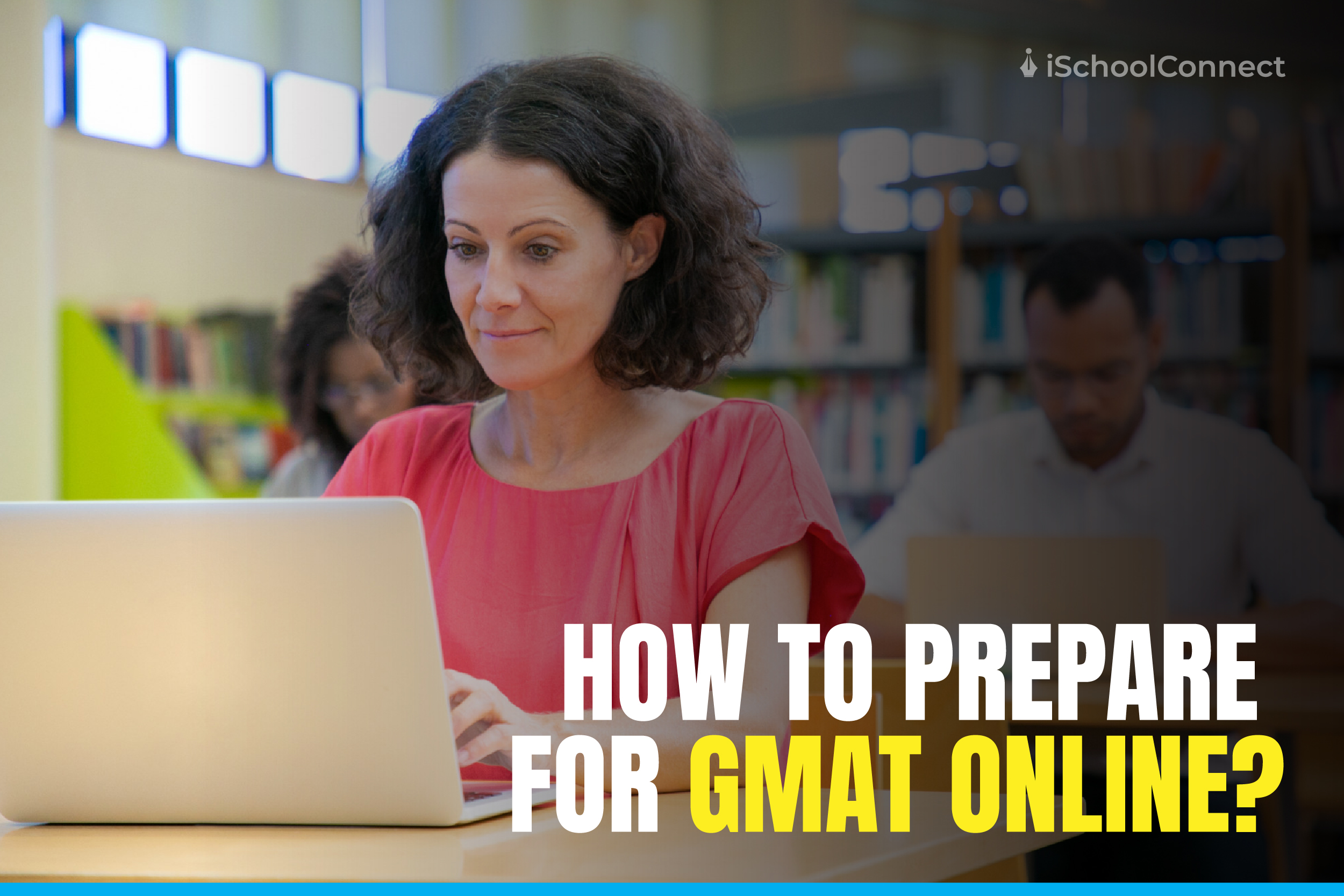Table of Contents
Syllogism questions | Tips and tricks to solve them
Syllogism questions are mainly known to derive logical reasoning from a short argument. It is a particular method of rational thinking that was initially created by the ancient Greek people, and to be more specific, Aristotle is the arbitrator for this one.
Depending on the two premises, syllogism questions derive their reasoning. And, if the set premises are true, then only the conclusion will be accommodated.
Let us look at an example to understand what syllogism is-
If all the cats are mammals and all the mammals possess four legs, then all cats have four legs.
Syllogism questions are introduced in primary schools so that children can learn deductive reasoning skills while they are at their peak development stage. These questions help children enhance their overall logical reasoning ability and assist them in reaching conclusions via logical reasoning. With this proven and effective method, children can engage themselves with different problems and come up with logical solutions on their own.
To crack competitive exams such as IBPS PO, Bank PO, SBI PO, and SSC-CGL, applicants have to regularly study syllogism questions with answers. Syllogism questions are included in the question paper and curriculum of these competitive exams in order to test the logical reasoning and deductive ability of applicants.
There are three primary elements in every syllogism question, and they are a major premise, a minor premise, and a conclusion at the end. Let us find out about the different types of syllogisms in order to understand more about them.
Different types of syllogism questions

There are a total of three different types of syllogism questions, and each of them includes diverse elements. Let us have a look at them below-
Conditional syllogism
Conditional syllogisms are often considered hypothetical since they can’t be considered logical. Well, you can ask why is it not considered logical? We can say so in view of the fact that it has a rule that states, ‘If X is true, then Y is also true.’ The conclusion will remain only if the presumed grounds can be considered true. Let us understand with an example-
Major premise– Sam is honest.
Minor premise– Sam does not lie because he is honest.
Conclusion- If Sam is honest, he will truthfully answer all of your questions.
Disjunctive syllogism
In the case of a disjunctive syllogism (also known as either-or syllogism questions), the rule states that ‘Either X or Y is true; if X is false, then Y will be true.’ Let us understand with an example-
Either statement- The cake is either chocolate or vanilla.
False premise- It is not vanilla.
Conclusion- Therefore, the cake is chocolate.
Categorical syllogism
In the categorical syllogism, the main rule is: ‘If X is a part of Y and Y is also a part of Z, in that case, X is a part of Z.’ Let us understand with an example:
Major premise- All tulips are flowers.
Minor premise- She is holding a tulip.
Conclusion- She is holding a flower.
Although these are different kinds of syllogisms, there exist particular rules that you will need to follow while creating syllogism questions.
Rules for creating syllogism questions

- In a single syllogism, two negative premises cannot and will not exist.
- For at least once, the middle term in the question needs to be distributed.
- If both the premises of a syllogism question are universal truths, then the conclusion also needs to be a universal truth.
- If there is a term that has been allocated in the concluding statement, then it also needs to be allocated among the premises.
- Any positive premise will have a positive conclusion. Similarly, any negative premise will also have a negative conclusion.
How to solve and practice syllogism questions?
The most effective way to answer syllogism questions while getting the maximum number of accurate answers would be through a venn diagram. Let us look at a few common tricks you can use-
- In order to double-check your reasoning solutions, you need to set up a venn diagram. It is the most effective and proven method of solving these questions efficiently.
- While attempting these questions, never assume on your own. The only applicable truth is what the question and the premise are providing you with. Therefore, it is recommended not to create or make your own logic because it will end up complicating things for you.
- Always keep concentrating on specific words such as ‘not,’ ‘a few,’ ‘all,’ and ‘at least.’ These are the fundamental terms that will help you solve these questions.
If you closely follow the above-mentioned steps, then solving syllogism questions will become relatively easier for you. Also, if you regularly practice such questions, then the solving process will automatically become quicker and effortless.
Advantages of answering syllogism questions

There are multiple benefits of learning to answer syllogism questions, and young learners especially benefit more from the process. Their ability to process deductive reasoning rapidly increases. Some of the inherent advantages of solving them are listed below-
1. Enhances our memory
Solving syllogism questions enhances our memory power by making us remember the rules through which we can derive the answer to solve any question. Without these rules, we will be unable to solve the questions. Therefore, it constantly makes us employ our brain power.
2. A very conscious learning process
Practicing syllogism questions also promotes conscious learning because it uses your deductive reasoning ability. Both youngsters and adults can learn consciously without requiring passive acceptance and comprehensive explanations.
3. Develops logical thinking ability
The entirety of syllogism questions is constructed upon logic. Therefore, it induces logical thinking ability among both adults and youngsters. Even though there are pre-existing formulas that can help you solve the questions, you will also need to apply logic in order to enhance the overall understanding of a these question.
4. Sharpens problem-solving ability
You can enhance your problem-solving ability by solving syllogism questions. Problems encourage people to ponder over them until they can reach a decisive conclusion.
5. Boosts clarity
Through the deductive reasoning process, we can recall where we have derived the conclusion from. Since such questions are not based on facts, pure logic is utilized to obtain conclusions. All of which boost our clarity over things.
Key takeaways
- A method that was first introduced to us by Greeks has now become a crucial aspect of developing the logical reasoning skills of human beings.
- Moreover, it helps in deducing the pragmatic and reasoning ability of individuals.
- If you keep on practicing syllogism questions from a young age, you can definitely increase your deductive and reasoning abilities.
- Due to its toughness, it not only became part of the school syllabus but was also included in the curriculum of competitive examinations.
- If you want to get better at solving such questions, you must keep on practicing!
We hope you enjoyed reading this blog. In case of any queries, reach out to us or drop a comment below!
Liked this blog? Read next: Puzzles for Interviews | 5 common puzzles and how to solve them
FAQs
Q1. What are the three main components of syllogism questions?
Answer- The three main components of any syllogism question are a major premise, a minor premise, and a conclusion.
Q2. Which competitive exams have included syllogism questions in their question papers?
Answer- SBI PO, IBPS PO, Bank PO, SSC-CGL, UPSC-CSAT, and other competitive exams feature syllogism questions.
Q3. How many types of syllogism questions are there?
Answer– There are a total of three types of syllogism questions, namely categorical, disjunctive and conditional syllogism.







